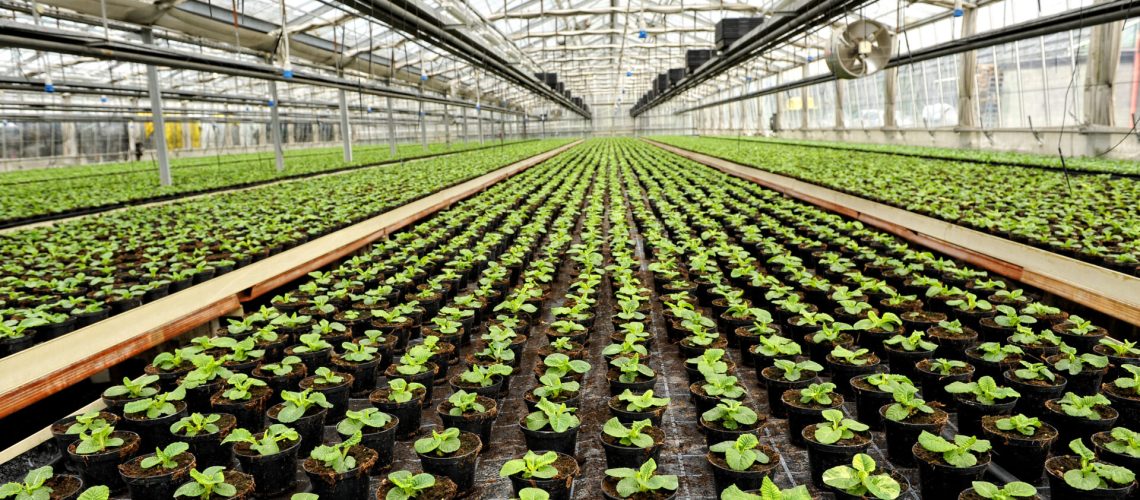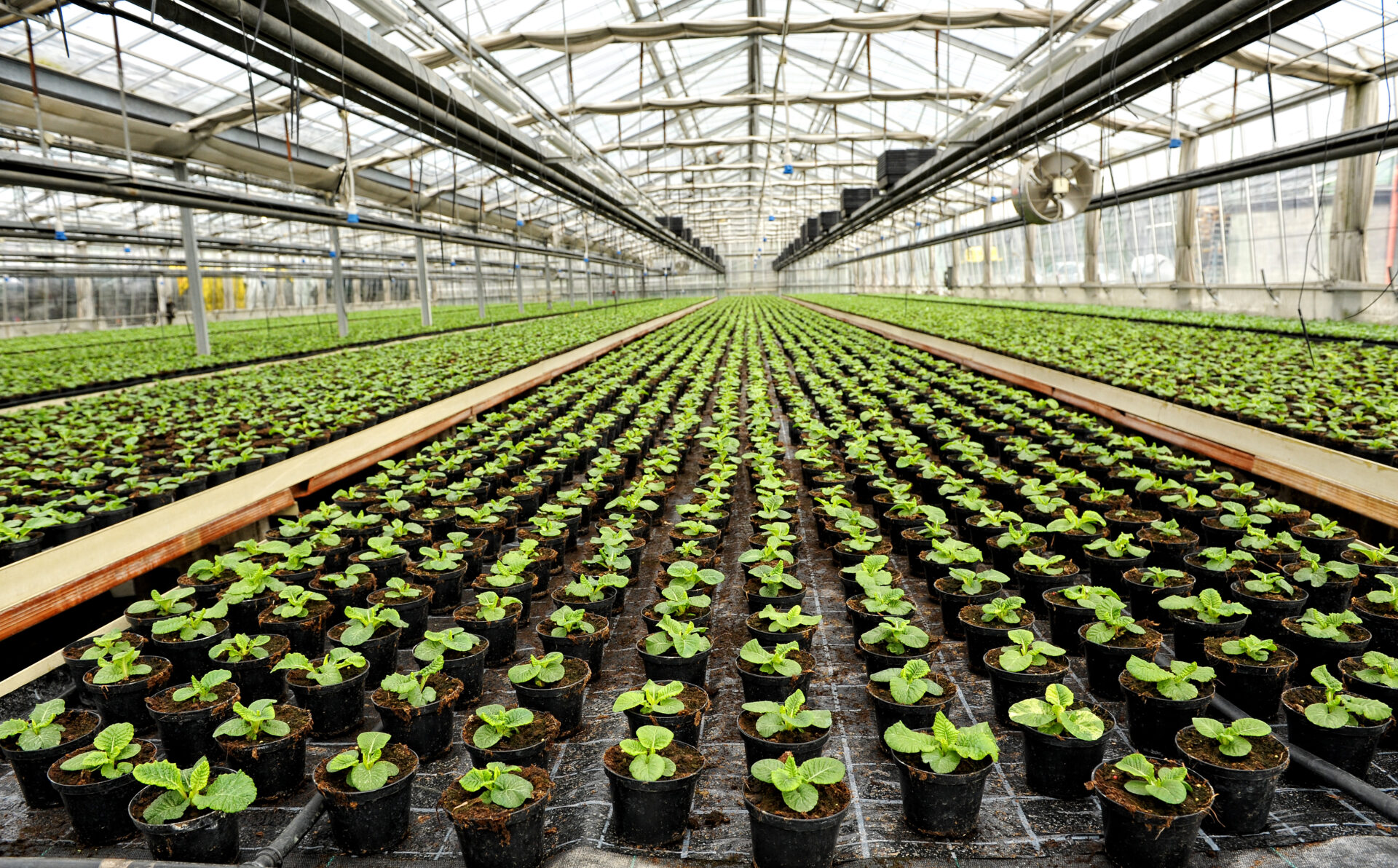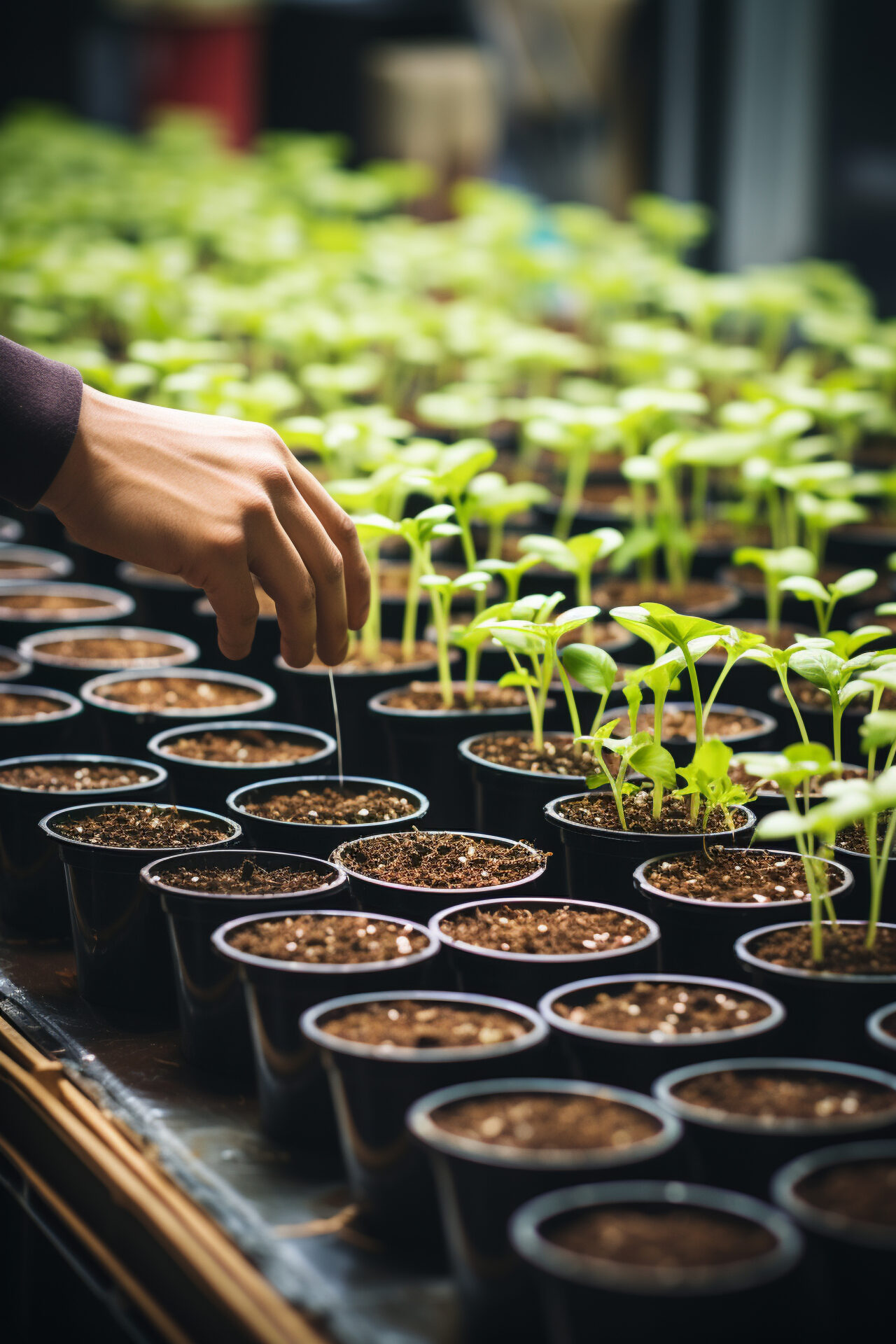In a country where agriculture has been deeply rooted in tradition for centuries, hydroponics emerges as a beacon of innovation—a method that challenges conventional farming practices and offers a sustainable solution to modern agricultural challenges. Hydroponics, the practice of growing plants without soil, has been gaining momentum in India, promising to revolutionise the way we grow food. Let’s delve into the world of hydroponics in India, exploring its principles, benefits, challenges, and potential for transforming the agricultural landscape.
The Principles of Hydroponics
At its core, hydroponics relies on the principle that plants can thrive without soil, as long as they have access to essential nutrients, water, and oxygen. In hydroponic systems, plants are grown in nutrient-rich water solutions, either directly exposed to the solution or supported by inert growing mediums such as perlite, rockwool, or coco coir. By providing precise control over environmental factors such as pH, nutrient levels, and water supply, hydroponic systems optimise plant growth and productivity.
Benefits of Hydroponics in India
- Water Efficiency: Hydroponic systems use significantly less water compared to traditional soil-based farming methods, making them well-suited for water-scarce regions like many parts of India.
- Space Utilisation: Hydroponic systems can be set up in limited spaces, including urban areas where land availability is scarce, allowing for year-round cultivation and maximising crop yields.
- Higher Yields: By providing plants with optimal growing conditions, hydroponic systems often yield higher crop yields and faster growth rates compared to conventional farming methods.
- Reduced Environmental Impact: Hydroponic farming reduces the need for chemical fertilisers and pesticides, minimising soil erosion, water pollution, and greenhouse gas emissions associated with traditional agriculture.
- Year-Round Production: With hydroponics, farmers can cultivate crops year-round, independent of seasonal changes and climatic variations, ensuring a consistent and reliable food supply.
Challenges and Opportunities
While hydroponics holds immense potential for transforming agriculture in India, several challenges must be addressed to realise its full benefits. These include initial setup costs, technical expertise required for system maintenance, access to quality inputs such as nutrient solutions and growing mediums, and the need for supportive policies and incentives to promote hydroponic farming. However, with increasing awareness, technological advancements, and government support, hydroponics presents a unique opportunity to overcome these challenges and revolutionise Indian agriculture.
Promising Initiatives and Success Stories
In recent years, several initiatives and success stories have emerged in the field of hydroponics in India. From rooftop gardens in urban centres to large-scale commercial hydroponic farms in rural areas, entrepreneurs, farmers, and researchers are embracing hydroponics as a viable and sustainable solution to food security challenges. Government initiatives such as the National Hydroponics Mission aim to promote hydroponic farming and provide support to farmers through training, subsidies, and infrastructure development.
Embracing the Future of Farming
As India grapples with the dual challenges of population growth and environmental degradation, hydroponics offers a ray of hope—a pathway towards sustainable agriculture that prioritises resource efficiency, food security, and environmental stewardship. By harnessing the power of innovation and technology, India has the potential to become a global leader in hydroponic farming, ensuring a brighter and more sustainable future for generations to come.
In conclusion, hydroponics represents a paradigm shift in Indian agriculture—a departure from tradition towards innovation, efficiency, and sustainability. As the country continues its journey towards food security and environmental resilience, hydroponics stands poised to play a pivotal role in shaping the future of farming in India. By embracing this transformative technology, farmers, policymakers, and consumers alike can usher in a new era of agricultural prosperity and abundance.





